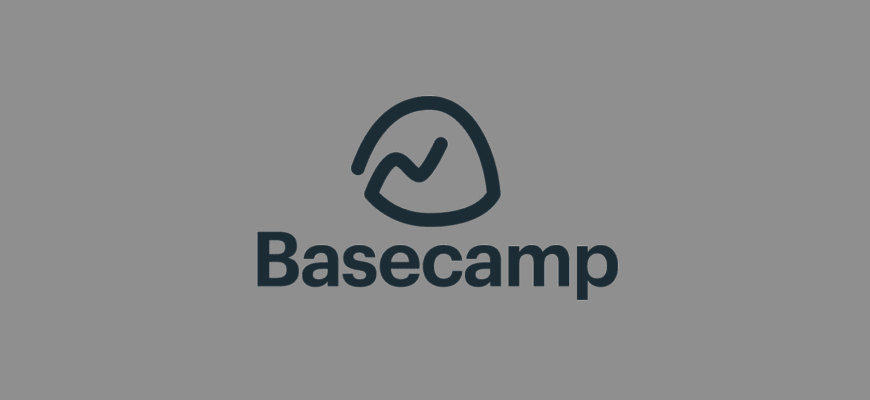Antivirus
Photo & Video
Programming & Design
Office Management
Other

In today’s fast-paced world, managing projects and collaborating with team members can be quite challenging. With multiple tasks, deadlines, and communication channels, it’s essential to have a centralized platform where everyone can stay organized and on track. This is where Basecamp comes in. In this comprehensive Basecamp review, we will explore what Basecamp is, how to use it, its pricing, customer support, pros and cons, and finally, conclude whether it’s the right project management tool for your needs.
Free DownloadTable of Contents
Basecamp is a powerful project management and team collaboration tool designed to help businesses and individuals stay on top of their projects, tasks, and communication. Launched in 2004 by Jason Fried and David Heinemeier Hansson, Basecamp has evolved over the years to become one of the most popular project management tools, with millions of users worldwide.
The main goal of Basecamp is to simplify project management by providing a centralized platform where team members can easily collaborate, share files, discuss ideas, and create to-do lists to keep everyone on the same page. Basecamp’s user-friendly interface and robust features make it an excellent choice for both small and large teams.
One of the standout features of Basecamp is its flexibility. It can be used across various industries, from marketing and design agencies to software development and event planning companies. In addition, its scalable architecture allows it to adapt to the growing needs of businesses, making it an ideal long-term solution for project management.
To get started with Basecamp, users need to sign up for an account and create their first project. The setup process is quite straightforward and doesn’t require any technical knowledge. Once the project is created, users can invite team members, clients, or other stakeholders to join the project. Basecamp allows users to set different access levels and permissions for each member, ensuring that everyone has the right information and tools to perform their tasks.
Basecamp’s interface is designed to be user-friendly and easy to navigate. The main dashboard displays all the active projects, and users can easily switch between them by clicking on the project name. Each project contains multiple sections, such as To-dos, Message Board, Schedule, Docs & Files, and Campfire, which cover all aspects of project management.
The To-dos section is the heart of Basecamp’s project management capabilities. Users can create task lists, assign tasks to team members, set due dates, and track the progress of each task. In addition, the task lists can be organized using categories or tags, making it easy to filter and find specific tasks.
The Message Board is the central hub for team communication. Users can post updates, announcements, or discuss ideas with other team members. The message board acts as a replacement for long email threads and ensures that all communication is easily accessible and organized.
The Schedule section is a visual representation of the project timeline. Users can add events, deadlines, and milestones, which are automatically synced with the team’s calendars. The schedule can be viewed in different formats, such as a monthly calendar or a list of upcoming events, making it easy to stay on top of important dates.
The Docs & Files section allows users to upload and share documents, images, and other files related to the project. The files can be organized in folders, and the powerful search function makes it easy to find the required files quickly.
Campfire is Basecamp’s built-in group chat feature. Users can have real-time conversations, share files, and even create separate chat rooms for different topics. This feature is particularly useful for quick discussions and brainstorming sessions.
Basecamp offers a simple and transparent pricing model, which is one of the reasons behind its popularity. Unlike other project management tools that charge per user, Basecamp offers a flat fee of $99 per month for unlimited users and projects. This pricing model is highly cost-effective for large teams and growing businesses.
In addition to the paid plan, Basecamp also offers a free version called Basecamp Personal. This plan is designed for individuals, freelancers, or small teams who need a basic project management tool for up to three projects. However, the free plan comes with limited features and storage space.
Basecamp takes customer support seriously and offers various channels for users to get help and assistance. Users can access the Help Center, which contains a comprehensive library of articles, guides, and video tutorials covering all aspects of the platform. In addition, users can submit support requests via email, and the support team is known for its fast response times and helpful assistance.
Furthermore, Basecamp provides an extensive collection of resources, such as ebooks, case studies, and webinars, to help users get the most out of the platform and improve their project management skills.
Basecamp is a powerful project management and team collaboration tool that offers a comprehensive range of features and a user-friendly interface. Its simple and transparent pricing model, combined with its scalability, makes it an ideal solution for businesses of all sizes. However, its limited customization and integrations, as well as the limited storage space, can be a drawback for some businesses.
Overall, Basecamp is an excellent project management tool that can help businesses stay organized, improve communication, and manage their projects efficiently. If you’re looking for a centralized platform that covers all aspects of project management, Basecamp is definitely worth considering.